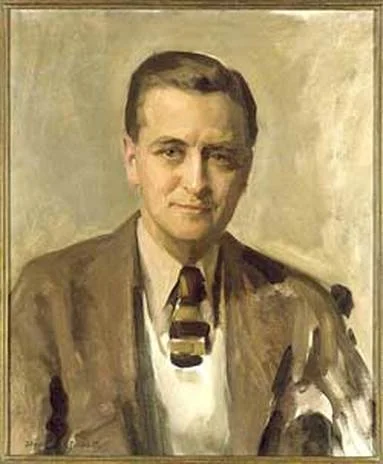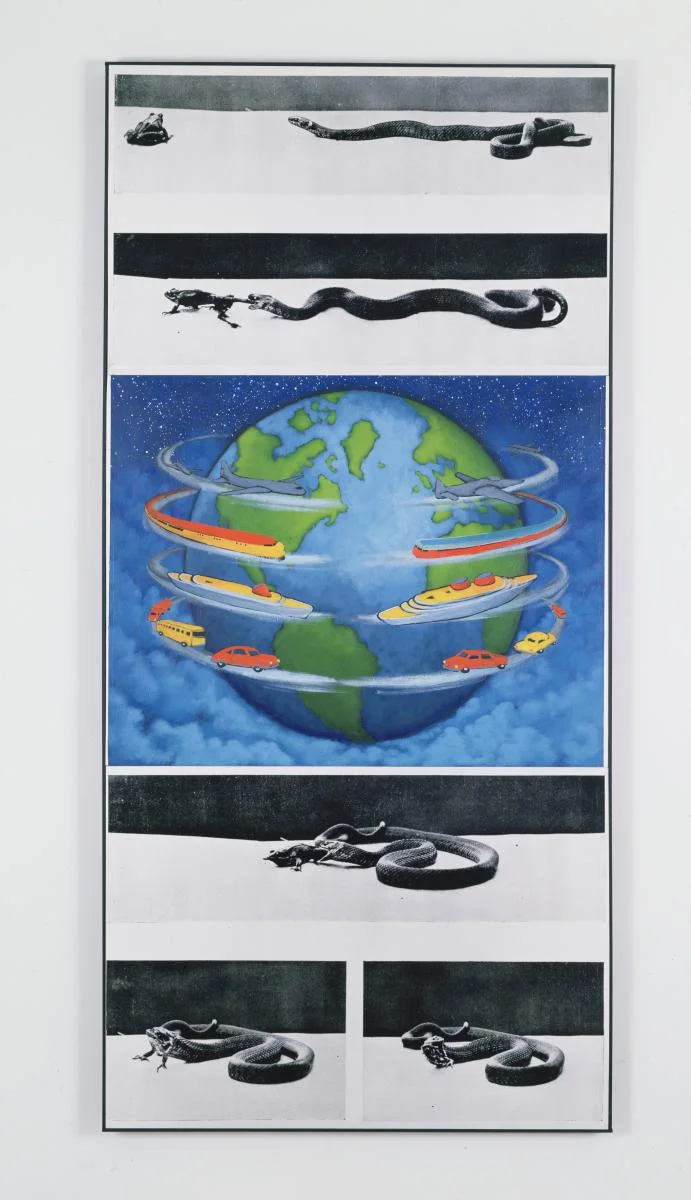Cutting Up the City in Crisis: Gordon Matta-Clark and the Urban Commons
By Jeffrey Patrick Colgan and Jeffrey Escoffier
The traditional narrative of twentieth century urban living has often concerned itself only with the antipodal philosophies and practices of urban planner Robert Moses and critic Jane Jacobs. This binary conception of American urban life contrasted Moses’ radical projects that aimed to remake New York to suit the automobile with Jacobs’ admonishments that quality of life required small, organic neighborhoods of diverse inhabitants and independent businesses. These philosophies, however, were both time and space-specific. Moses’ vision of the ideal city was prompted by the ascent of the automobile and the crumbling infrastructure of immigrant, tenement neighborhoods; he acknowledged a fundamental change in the modes of production and consumption and sought to drastically reorient urban life accordingly. Jacobs’ ideal, alternatively, reacted against the raze and rebuild, top-down approach of Moses. Yet she depended upon historical continuity and assumed an element of permanence in the neighborhoods she studied and strove to protect.
Read More









